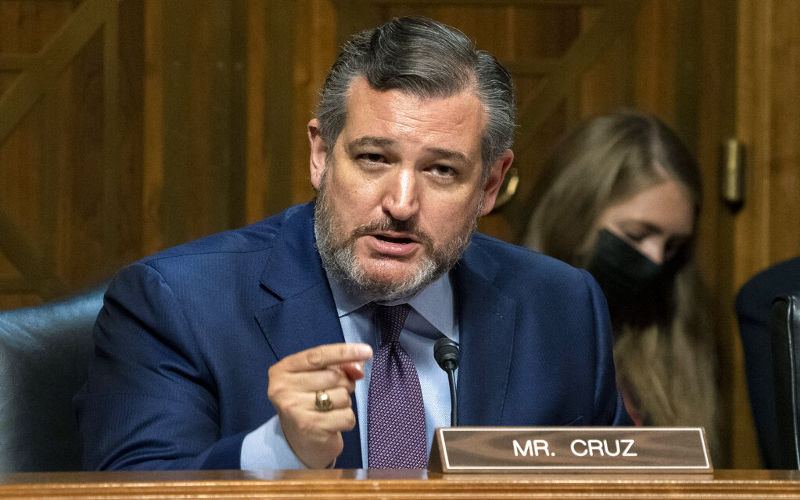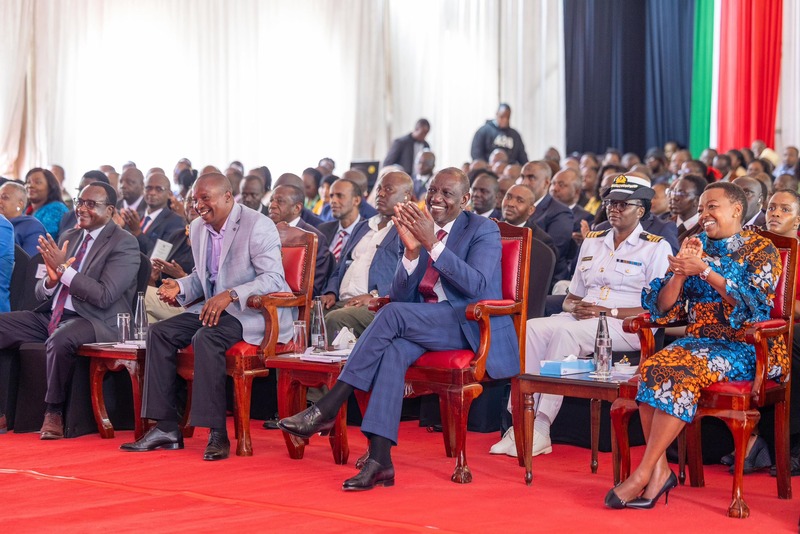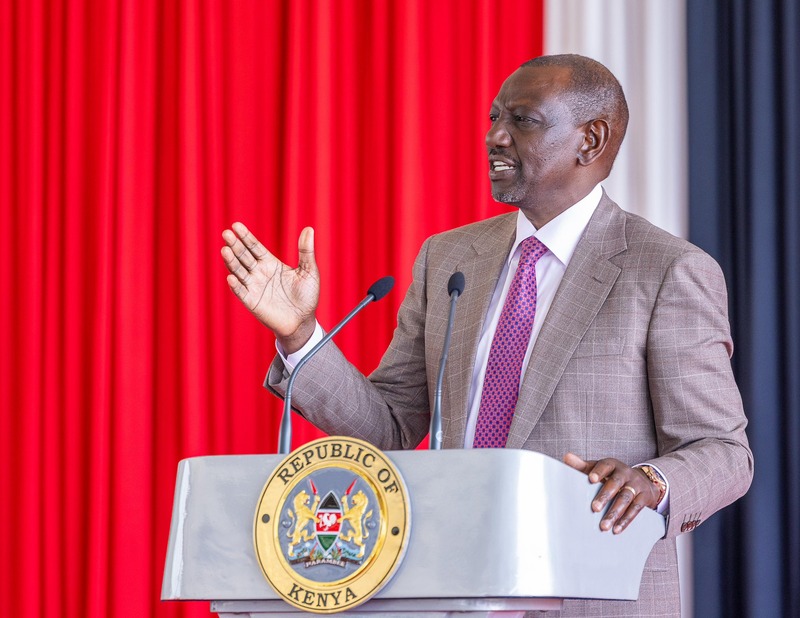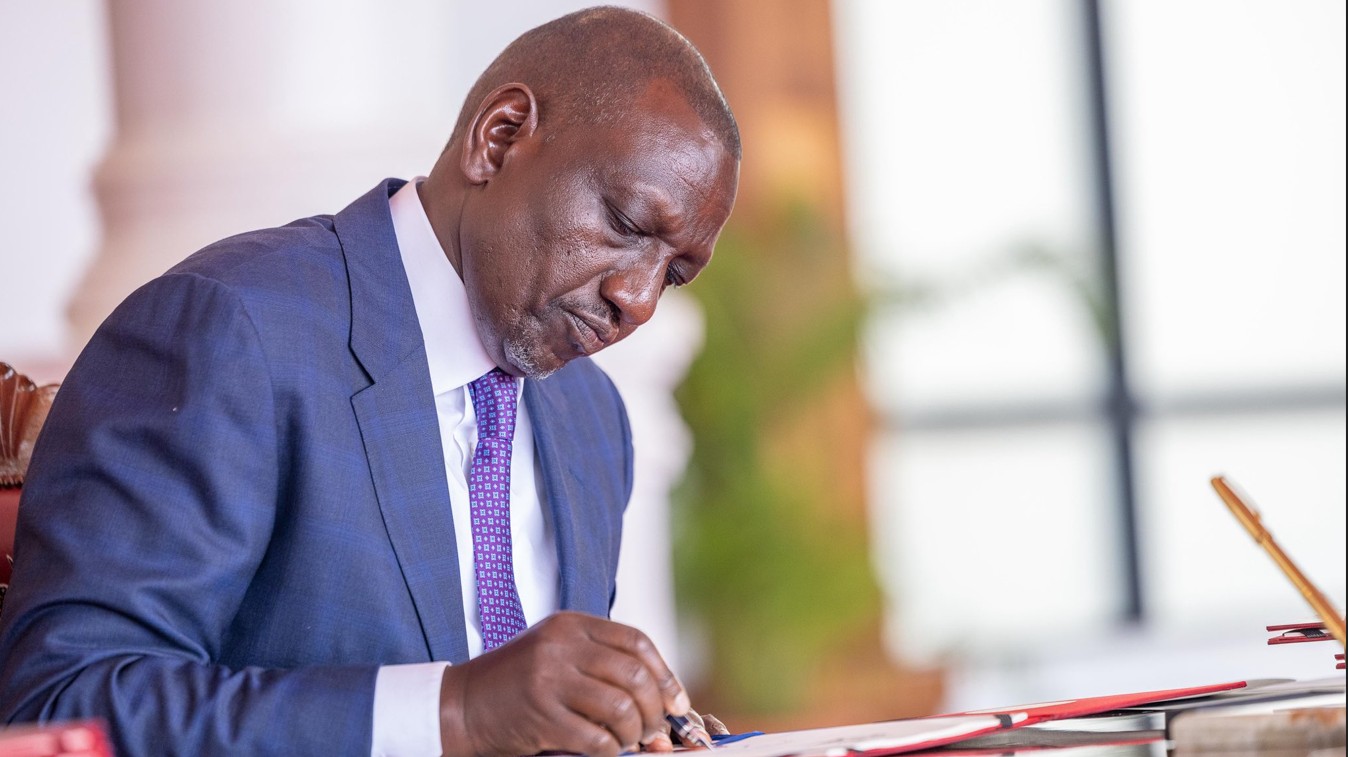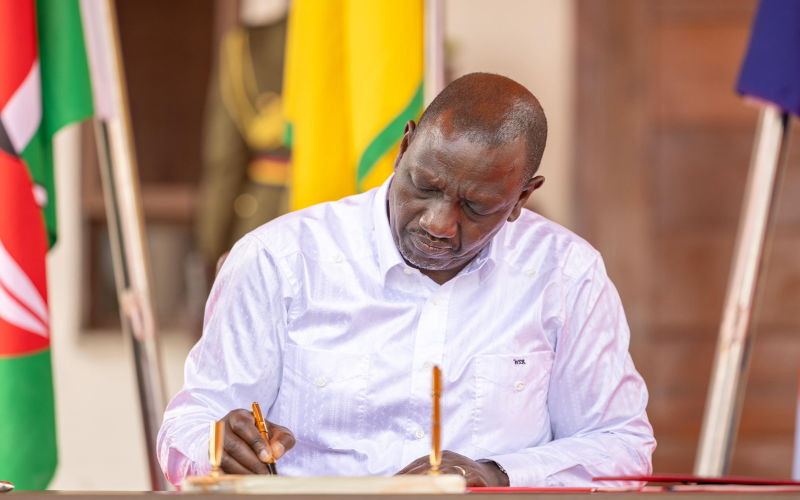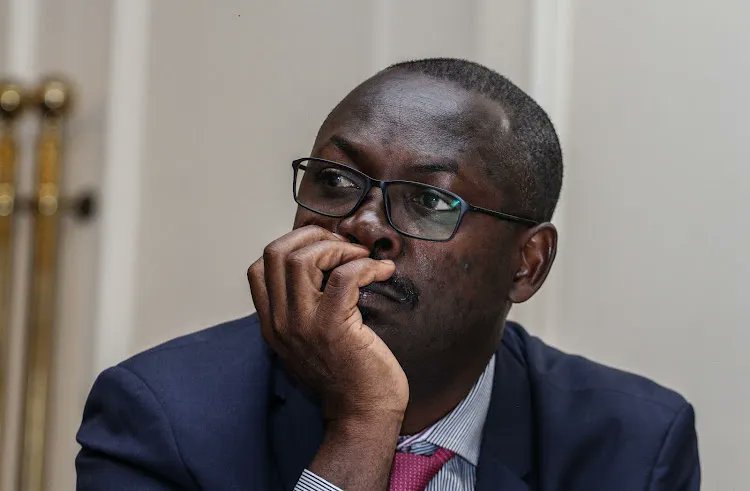Treasury tightens PPP rules amid public outrage over secretive infrastructure deals
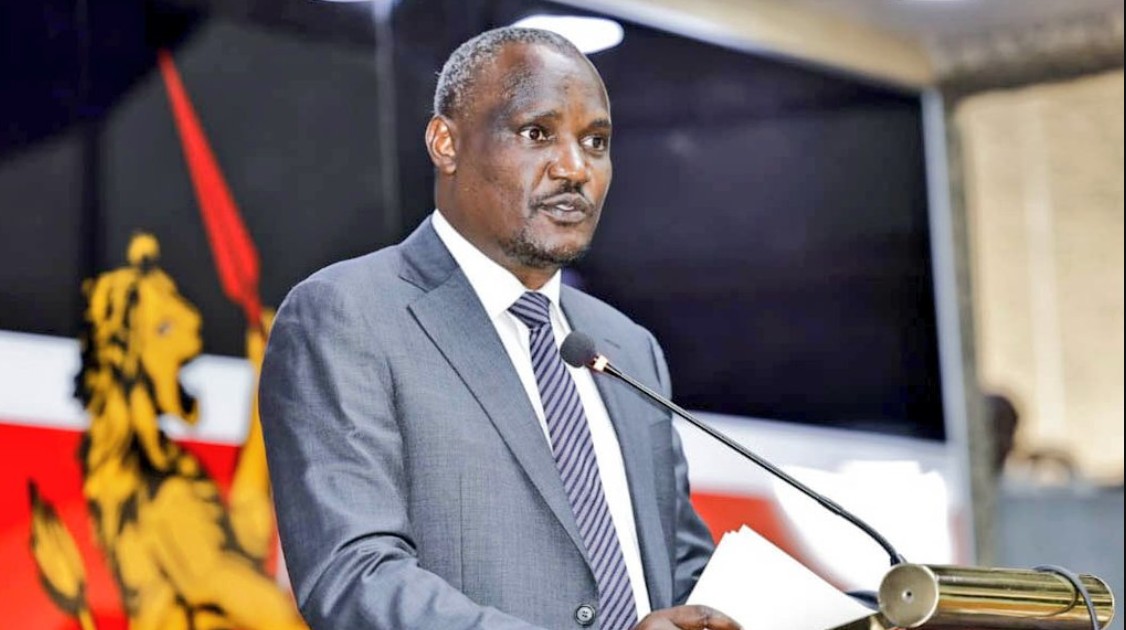
The directive responds directly to public outrage over projects like the failed proposal by the Adani Group of India to lease the Jomo Kenyatta International Airport for 30 years and the scrapping of power transmission contracts awarded under PPPs.
The National Treasury has introduced a firm set of rules requiring full transparency in public-private partnerships (PPPs), targeting the lack of openness that has triggered backlash over recent infrastructure deals.
A circular dated April 24, signed by Treasury Cabinet Secretary John Mbadi, requires contracting authorities to announce privately initiated proposals publicly within 14 days of receipt. The announcements must include essential details such as the proponent’s name, project description, estimated costs and potential effects on stakeholders.
More To Read
- Treasury proposes Sh4 billion fund to revamp prison farms, industries
- Treasury CS warns counties on growing Sh103 billion pension debt, calls for reforms
- Audit uncovers State agencies overspending on salaries despite staff shortages
- 'Public funds not enough': Treasury CS Mbadi rallies support for public-private partnerships to close infrastructure gap
- Treasury to deduct county employee dues at source, ends years of non-remittance
- Blow to governors as Treasury advances integrated revenue collection system
These disclosures must be published in at least two nationwide newspapers and on the respective agency’s digital platforms.
“The National Treasury, government of Kenya, seeks to embed disclosure into its PPP process and, in particular, the privately initiated proposal process. This circular, therefore, enhances openness, transparency and accountability in the processing of PIPs, Mbadi said.
The directive responds directly to public outrage over projects like the failed proposal by the Adani Group of India to lease the Jomo Kenyatta International Airport for 30 years and the scrapping of power transmission contracts awarded under PPPs.
These deals raised serious questions about how PPPs were handled and whether they served the public interest.
The circular further mandates 21 days for submission of competing proposals, encouraging competition and allowing alternative ideas to surface.
This is meant to prevent deals from being negotiated behind closed doors without adequate public scrutiny.
The PPP Act of 2021 lays out a three-stage process for PIPs—receipt and evaluation, project development, and procurement design—and the new directive strengthens transparency at every step.
Public frustration has been high due to several high-profile PPP failures. However, the Nairobi Expressway remains a positive example.
This PPP project, a 27-kilometre highway linking the airport to Westlands, has improved transport efficiency and cut travel time significantly.
With this in mind, the government is advancing several other major PPP projects, including the Rironi-Mau Summit highway and the Naivasha-Malaba standard gauge railway.
Energy and irrigation ventures are also in progress, showing a strong government focus on infrastructure development backed by improved PPP rules.
Top Stories Today




